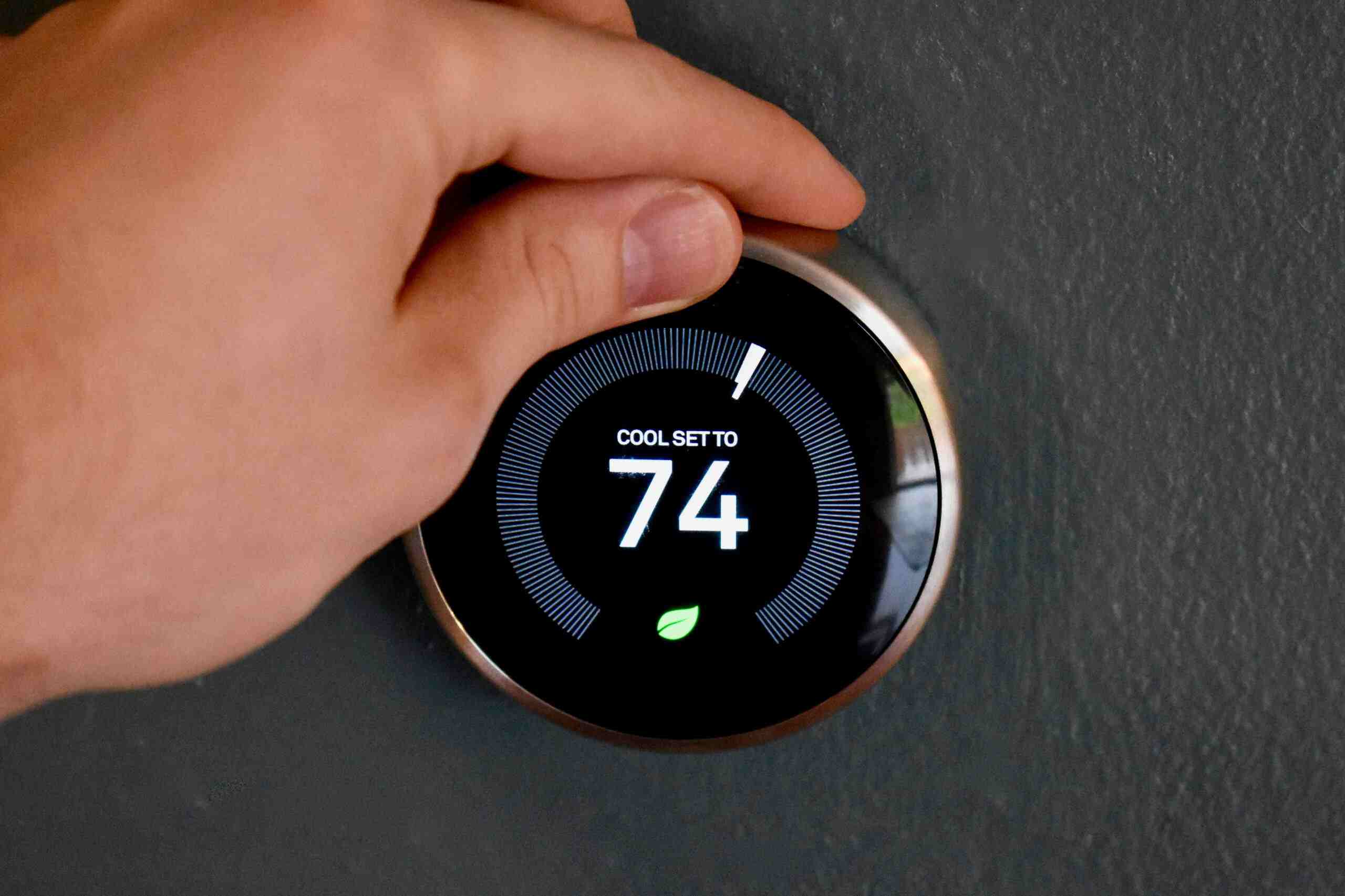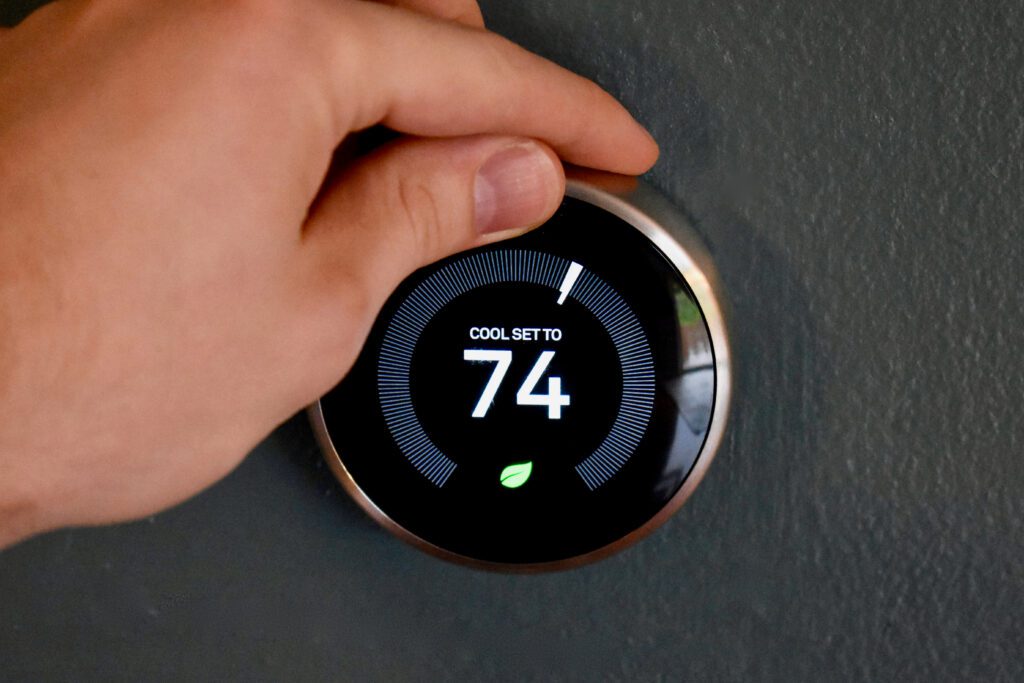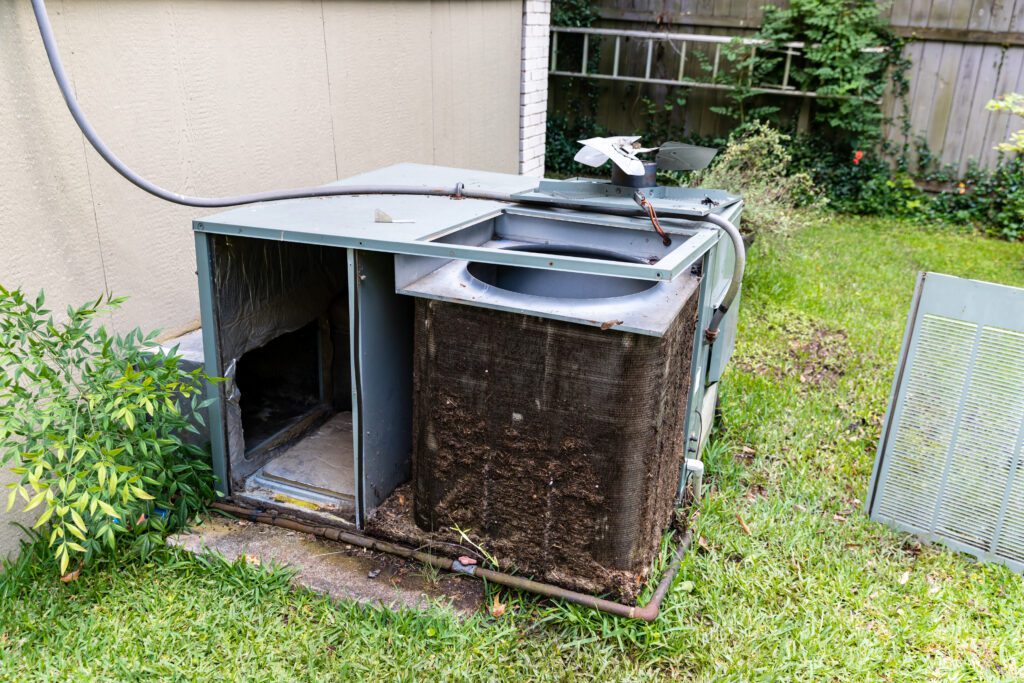

Are you experiencing the frustrating problem of your AC blowing warm air when it should be cooling your home? It can be a major inconvenience, especially during the hot summer months. There are several reasons why your air conditioner may be blowing warm air instead of cool air. In this blog post, we will explore some common causes of this issue and provide solutions to help you get your cooling system back up and running efficiently.
At the core of any air conditioner’s functionality is a process designed to efficiently remove heat from your home’s interior, facilitating a cooler living space. This cooling operation involves a cycle where refrigerant plays a pivotal role. As warm air is pulled from the indoor space, it passes over evaporator coils containing this refrigerant. Here, the refrigerant absorbs the heat, effectively lowering the air temperature. This cooled air is then circulated back into your home. Simultaneously, the absorbed heat is transported outside to the condenser coils, which are expelled into the outdoor air.
This cycle is crucial for your AC to deliver that refreshing, cool air we rely on during hotter days. If any component within this cycle is compromised, whether it be due to mechanical failure, a refrigerant issue, or an airflow obstruction, the ability of your AC unit to cool your home may be significantly hindered, leading to the problem of blowing warm air instead. Understanding this basic operational blueprint of your air conditioning system is fundamental in recognizing the importance of each component’s role in ensuring efficient cooling performance.
One simple yet often overlooked reason your air conditioner might be emitting warm air is due to improperly set thermostat settings—yes, it’s that simple. A thermostat mistakenly set to “heat” instead of “cool” will prompt your system to warm your home rather than cool it. To remedy this issue, double-check your thermostat settings to ensure it’s switched to cooling mode. Moreover, thermostat malfunctions can misguide your AC unit, leading to unexpected warm air output. For instance, if the thermostat isn’t accurately reading the room temperature or has connectivity issues with the AC system, it won’t activate the cooling cycle as it should. It’s advisable to regularly verify that your thermostat is functioning correctly and consider upgrading to a smart thermostat for more precise control over your AC’s operation and to prevent similar issues.

Those who wish to have more precise control over their air conditioning should consider upgrading to a “smart” home thermostat.
A primary cause of your AC blowing warm air could also be attributed to low refrigerant levels. As mentioned, refrigerant is the lifeblood of the air conditioning process, enabling your system to cool air efficiently by absorbing heat from within your home. A decline in this critical substance often results from leaks within the system. Such leaks compromise the cooling efficiency and could lead to more significant issues down the line.
The health and performance of your AC need to have these leaks promptly identified and sealed by a qualified HVAC professional. Following leak repair, the technician will recharge your system with the appropriate amount of refrigerant. This process restores the ability of your AC to cool air effectively, ensuring that it no longer blows warm air but instead provides the comfort of a cooler, more pleasant home.
A dirty or clogged air filter is another common yet easily overlooked culprit for your AC blowing warm air. When the filter accumulates too much dust, pet dander, or other airborne particles, it hampers the airflow critical for your system to effectively cool the air. This restriction forces your AC to work harder than necessary, compromising its cooling ability and leading to a range of other issues, such as the evaporator coils freezing over. To avoid these complications and ensure your air conditioner functions as intended, inspecting and changing your air filters regularly is vital. Ideally, air filters should be checked at least once a month during peak usage times and replaced as needed to maintain optimal airflow and cooling efficiency.
If you can’t perform these tasks yourself, consider an annual service contract or partnerships with your local service professionals; you don’t want a busy lifestyle to dictate your system maintenance and overall performance.
Don’t forget about the equipment outside your home, too. A compromised outdoor unit is a less obvious but equally critical reason for an AC blowing warm air. This unit contains the compressor and condenser coils, both vital for expelling the absorbed heat from your home. Issues such as dirt accumulation, physical obstructions (e.g., bushes, brush, etc.), or structural damage can significantly impede its functionality. For optimal performance, ensure no debris or plants block the airflow around this unit. Regular upkeep, including removing dirt or foliage that could restrict air movement, is imperative. Furthermore, inspect the unit for any signs of damage or wear that could affect its operation.

For optimal performance, keep your air conditioner away from brush and other items that could impede airflow.
Electrical issues and the malfunction of critical components within your AC system can significantly affect its ability to cool your home as well, often resulting in the unit blowing warm air. Problems such as deteriorating wiring, defective capacitors, or a compromised compressor are challenging to detect and can disrupt the entire cooling process! These electrical components are essential for your air conditioner’s start-up and continuous operation. When they fail, the efficiency of your system is greatly reduced, which can manifest as warm air being circulated instead of the expected cool relief.
Having these components inspected by a seasoned HVAC technician who can accurately diagnose electrical faults or part failures is paramount. This professional assessment is crucial for identifying the exact cause of the problem. Once detected, obviously, necessary repairs or replacements can be made. Engaging in routine electrical maintenance and regular check-ups of your AC system can preemptively catch and rectify these issues before they escalate, thereby avoiding the discomfort of warm air when cool air is most needed.
To wrap up, the issue of an AC blowing warm air instead of the cool, refreshing “breeze” we desire is often rooted in a handful of common problems. From the straightforward fix of correcting thermostat settings to more complex issues like refrigerant leaks, dirty filters, or electrical component malfunctions, the reasons vary in complexity and required action. Recognizing these potential pitfalls is the first step toward remedying the situation. Regular, proactive maintenance is your best defense against these issues, ensuring your AC operates efficiently and effectively. This includes everything from simple tasks like changing air filters to more involved check-ups by HVAC professionals (via service contracts) who can spot and address problems early on.
Don’t wait until it’s broken! Being vigilant about your AC’s performance and taking prompt action when something seems amiss will help maintain a comfortable climate in your home, preventing the discomfort and inconvenience of dealing with warm air during the times you rely on your air conditioner the most. Reach out to us if we can help!